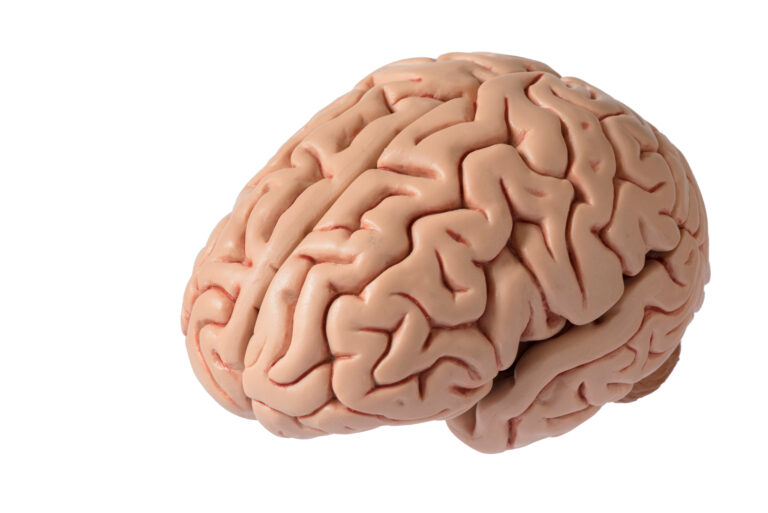Alzheimer’s disease is a devastating neurodegenerative disorder that affects millions of people worldwide. It is characterized by the progressive loss of cognitive function and memory, and currently has no cure. Despite decades of research, the exact causes of Alzheimer’s disease are still not fully understood, making effective treatment options limited.
However, recent advancements in technology have led to a new and innovative approach in studying Alzheimer’s disease – the use of brain organoids. Brain organoids are miniature 3D models of the human brain that are created in the lab using stem cells. These tiny structures mimic the structure and function of the human brain, providing a more accurate and ethical model for studying neurological disorders like Alzheimer’s.
Traditionally, researchers have relied on animal models or post-mortem brain tissues to study Alzheimer’s disease. But these methods have limitations, as animal brains may not accurately reflect human brain function, and post-mortem tissues can only provide a snapshot of the disease at a certain stage. Brain organoids, on the other hand, offer a dynamic and living model that can be studied over a longer period, providing valuable insights into the mechanisms of Alzheimer’s disease.
One of the key advantages of using brain organoids in Alzheimer’s research is their ability to accurately replicate the complex architecture of the human brain. Alzheimer’s disease is characterized by the formation of abnormal protein clumps known as amyloid plaques and tau tangles in the brain. These plaques and tangles disrupt the communication between brain cells, leading to their death and ultimately causing memory loss and cognitive decline. Brain organoids can replicate this process, allowing researchers to study how these abnormal proteins form and spread in a more accurate model.
Moreover, brain organoids can also be personalized using cells derived from individuals with a genetic predisposition to Alzheimer’s disease. This allows researchers to study how specific genetic mutations contribute to the development and progression of the disease, providing valuable insights into potential treatment options.
In addition to studying the underlying mechanisms of Alzheimer’s disease, brain organoids are also being used to test potential treatments. Drug discovery and development is an expensive and time-consuming process, with a high failure rate. Brain organoids offer a more efficient and cost-effective way to screen potential drugs, as they can replicate the effects of a drug on brain cells in a controlled environment.
Furthermore, brain organoids can also be used to study the impact of environmental factors on Alzheimer’s disease. For instance, researchers can expose brain organoids to certain toxins or pollutants and observe their effects on brain cells. This can help us understand how environmental factors may contribute to the development of Alzheimer’s disease and potentially identify ways to prevent or minimize their impact.
However, like any new technology, brain organoids also have limitations. One major challenge is the lack of blood vessels in these mini-brains, which limits their ability to replicate the brain’s response to drugs or environmental factors that are transported through the bloodstream. Another limitation is the inability of brain organoids to fully replicate the complexity of the human brain, as they do not have other cell types such as immune cells or blood-brain barrier cells.
Despite these challenges, brain organoids have already made significant contributions to our understanding of Alzheimer’s disease. They have helped identify potential new drug targets and allowed for the testing of new treatments in a more accurate and ethical model. As the technology continues to improve, brain organoids have the potential to revolutionize Alzheimer’s research and lead us closer to finding effective treatments for this debilitating disease.
In conclusion, the use of brain organoids in studying Alzheimer’s disease is an innovative approach that holds great promise. These tiny 3D models offer a more accurate and ethical alternative to traditional methods, allowing researchers to study the disease in a more dynamic and personalized manner. While there are still challenges to overcome, brain organoids have already made significant contributions to our understanding of Alzheimer’s disease and have the potential to greatly impact future treatment options. With continued advancements and research, brain organoids may hold the key to unraveling the mysteries of Alzheimer’s disease and finding a cure.





